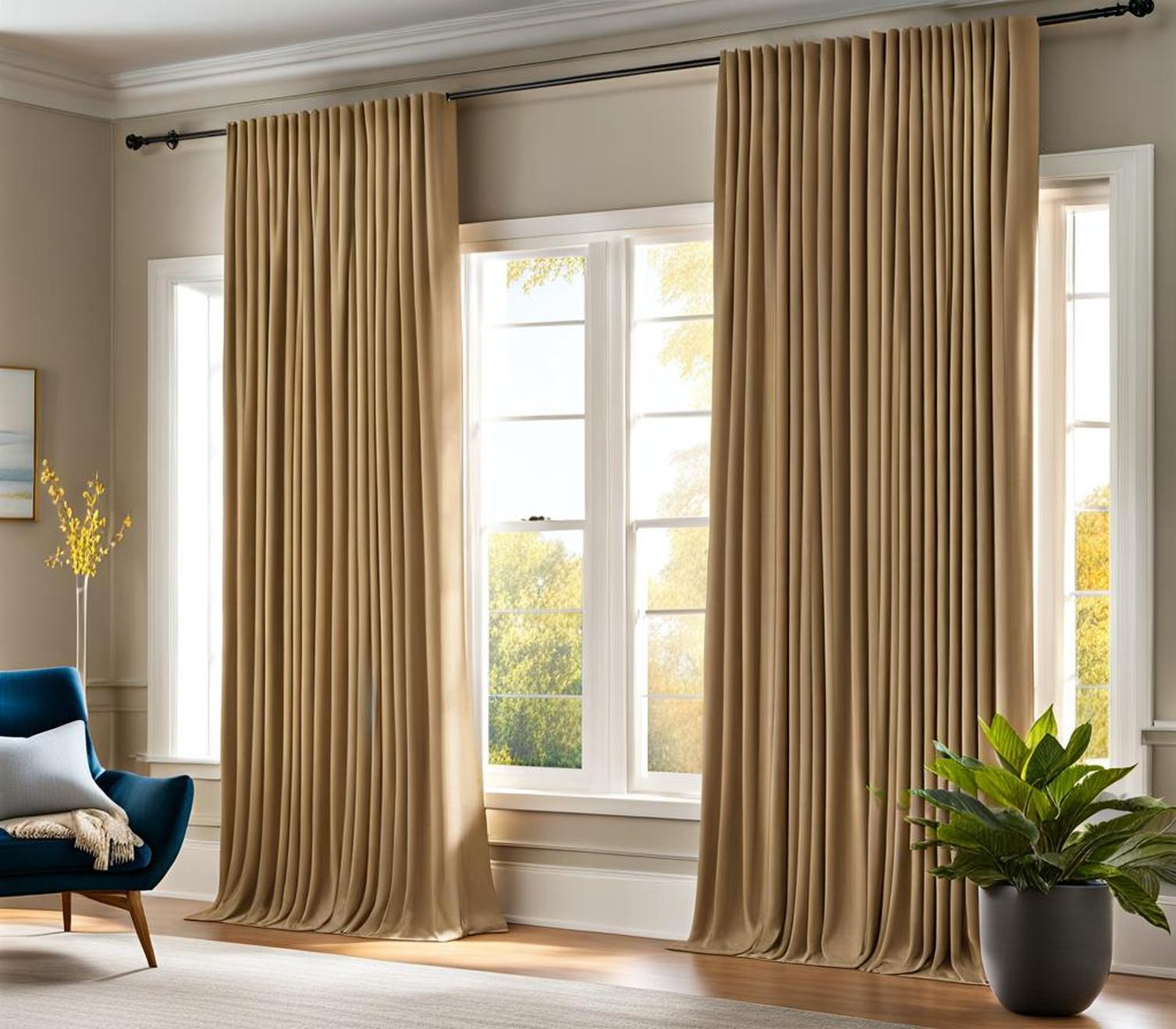Blinds have become an increasingly popular window treatment over the last decade. With their clean, modern aesthetic and practical functionality, it’s easy to see the appeal. Still, the question remains: are blinds enough on their own, or should curtains be added to the mix?
While blinds check the boxes for many homeowners, curtains can offer additional privacy, light control, insulation, sound dampening, and expanded design options. We’ll compare the benefits of both types of treatments to help you evaluate if and where extra curtains may be warranted.
When Are Blinds Enough?
For certain rooms and priorities, high quality blinds can fully suffice on their own. Consider relying solely on sleek, well-made blinds when:
- Windows are smaller in size
- Rooms are bathrooms, kitchens, or utility spaces
- A contemporary, minimalist aesthetic is preferred
- The window treatment budget is lower
- Easy maintenance is a priority
Venetians, rollers, verticals, or other blind systems allow for practical control over light and privacy levels in rooms where function trumps form. When window size is limited or more basic needs are being served, the addition of curtains may be unnecessary.
Top Reasons to Add Curtains to Blinds
While blinds alone meet some needs, curtains can provide enhanced benefits that prompt many homeowners to employ layered or mixed window treatments.
Total Light Blocking
For rooms intended for activities requiring limited light, like sleeping or watching movies, blinds simply cannot achieve full blackout capacity. Even the best blackout blinds will have tiny gaps or perforations to allow for ventilation and adjustment, resulting in minor light leakage. Thick, opaque curtains are the only option for blocking all incoming light in a space.
| Blinds | Allow small amounts of light to filter through |
| Blackout Curtains | Fully block 100% of external light |
Noise Reduction
Blinds can muffle some outside noise when drawn, but the hard materials only minimally absorb sound vibrations. Heavy curtains made of thick, layered fabrics provide acoustic insulation, significantly reducing unwanted noise penetration. This added noise control makes heavy curtains ideal for bedrooms, home offices, or living spaces that face busy roads.

| Blinds | Moderately reduces noise levels |
| Heavy Curtains | Substantially decreases noise volume further |
Extra Insulation and Energy Savings
Blinds forms a partial barrier against weather and temperature exchange, while thick curtains creates an additional insulating layer trapping heat in winter and blocking sun exposure in summer. This extra insulation regulates indoor conditions, providing tangible utility savings from lowered HVAC usage.
| Blinds | Reflect some heat and cold |
| Curtains | Significantly reduce heat and cold transfer further |
Expanded Decor and Design Options
The streamlined, geometric options common among blinds leave little room for customized aesthetic variation. Soft curtains infuse rooms with texture and free-flowing lines, offering abundant decorative possibilities through unlimited color palettes, varied patterns and unique voluminous shapes. This flexibility allows curtains to adapt and elevate existing furniture and decor schemes.
| Blinds | Limited style and pattern options |
| Curtains | Numerous colors, patterns and textures |
Window Treatment Combos for Every Room
Ultimately, choosing curtains, blinds or both depends largely upon room function. We’ll explore ideal pairings of both treatments to balance utility and beauty in different home spaces.
Bedrooms: Layered Light and Privacy Control
Bedrooms demand reliable darkness for sleeping, making them prime spaces for blackout curtains overlaid atop blinds. Raising the blinds allows morning light filtering, while closing both fully darkens for mid-day napping or extra sleep-in mornings. Adjusting the layers independently provides customizable privacy and brightness options when desired.
Living Spaces: Sophistication and Style
Sheer curtains soften harsh daylight in living spaces while thin slat blinds filter and adjust brightness as needed. Combinations like simple roller blinds topped with light-diffusing sheers elevate the elegant aesthetic of the room while creating a warm ambiance. This transforms furnishings into more inviting centerpieces encouraging conversation and connection.
Home Offices: Focused and Functional
Clean-lined blinds reduce visual clutter to minimize distractions in home offices and other working areas. When harsh daylight threatens focus, opaque linen curtains temper the brightness. Keeping furnishings and built-ins free of elaborate treatments enhances productivity by limiting diversion.
Final Considerations Before Choosing
When evaluating the best window treatment for room needs, assess:
- Window measurements and installation limitations
- Budget for purchase, installation and maintenance
- Personal aesthetic preferences
- Functional priorities like room darkness, insulation or noise reduction
Be realistic about which is most feasible or important. With good quality products, both curtains and blinds can be beautiful solutions on their own.
While sleek blinds meet baseline needs for privacy and light control, substantial benefits emerge from adding thick, blocking curtains. Curtains excel at room darkening, muffling sound, retaining heat and expanding style choices with abundant colors, prints and fabrics.
Evaluate each room independently based on size, activities, aesthetic goals and functionality needs before choosing treatments. Often a custom combo utilizing both blinds and curtains together maximizes utility while achieving design visions. With an intentional space-by-space assessment, you can determine where to rely solely on blinds alongside spaces destined for the enhanced abilities of curtain supplementation.
